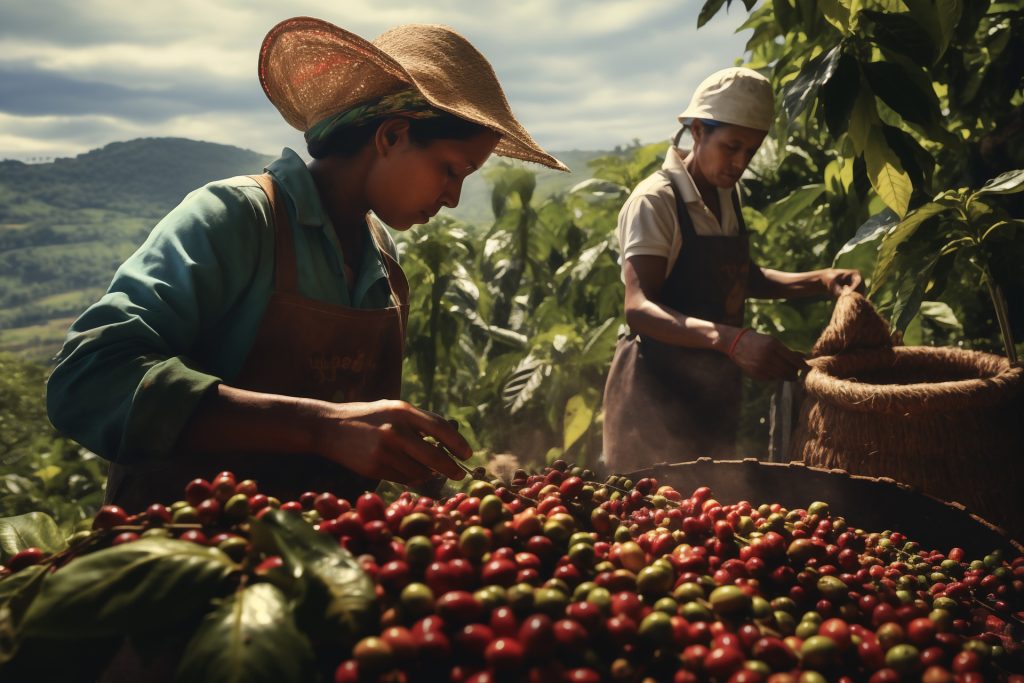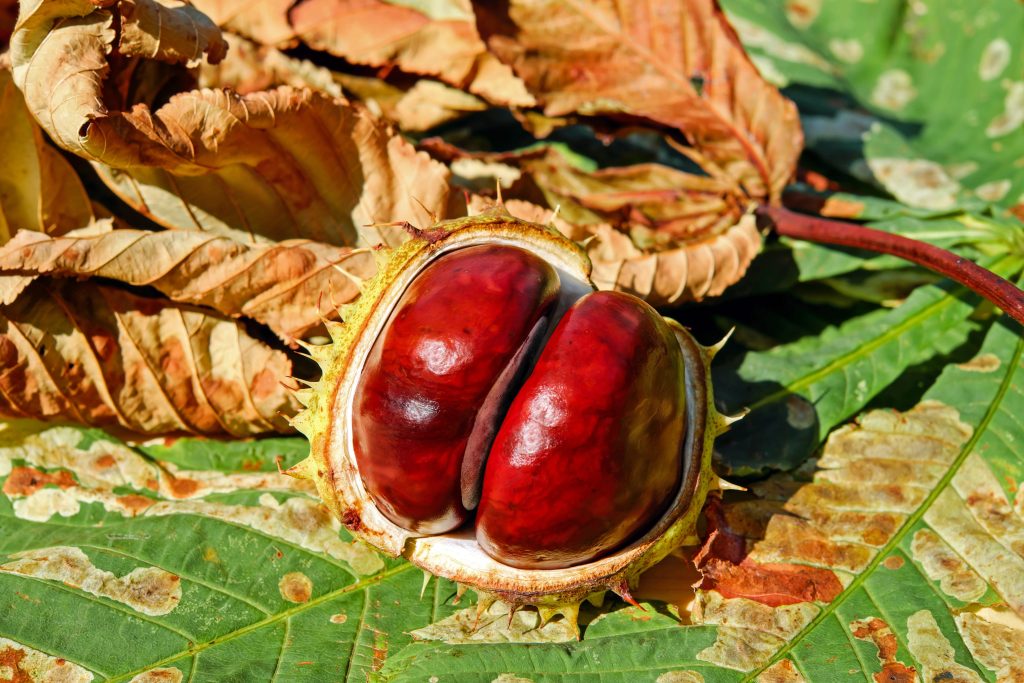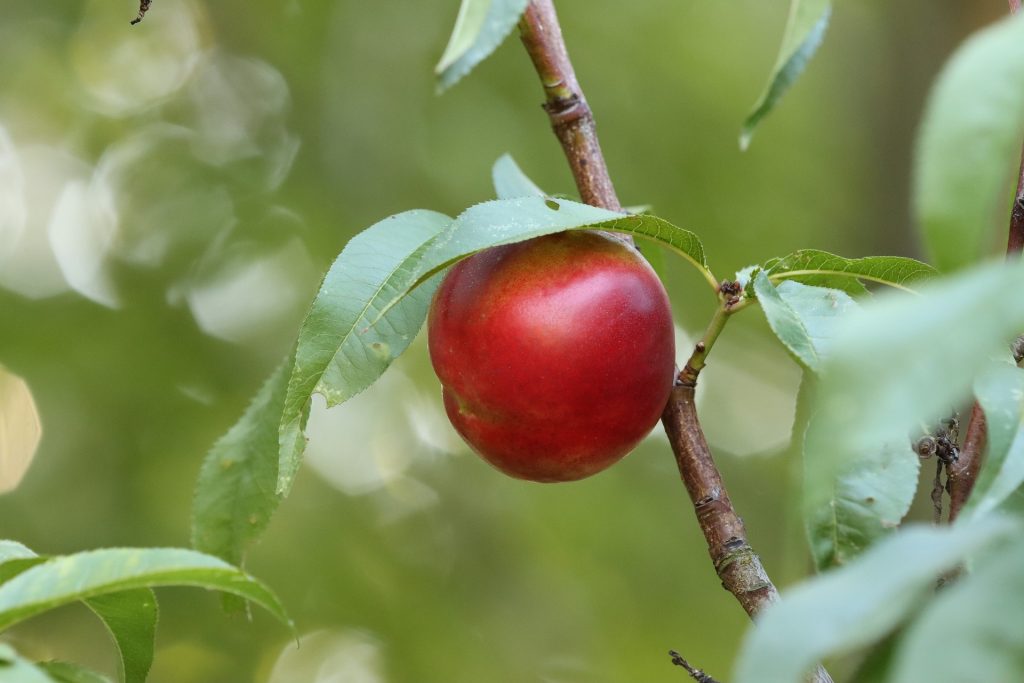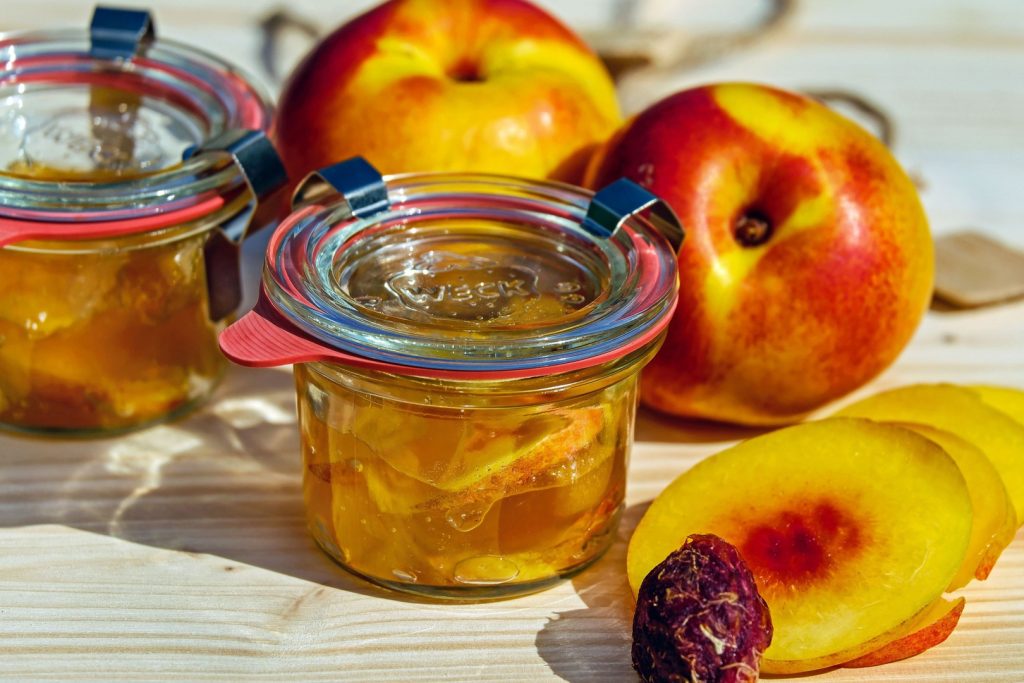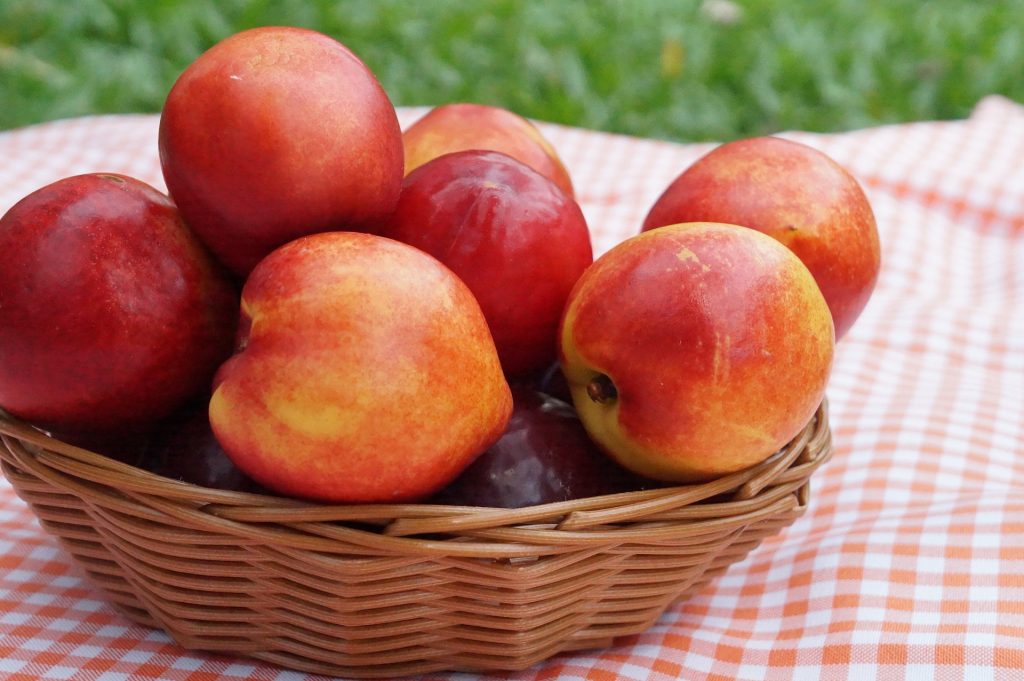Blog
Find articles that matter. From trading to shipping, trends to valuable goods, you can deep dive into everything you need.
Latest Posts
Blog
Carriage Paid To (CPT) is an international trade term that defines the seller's obligations and responsibilities for delivering goods to a buyer at an agreed destination. It is one of the most commonly used Incoterms in global commerce. It is often used when goods need to be transported by multiple modes of transportation.
Understanding CPT is essential for any business engaged in international trade. It provides clarity and guidance on the responsibilities of the buyer and seller. This can help avoid disputes and minimize risks. By clearly defining who is responsible for each aspect of the transaction, CPT helps to ensure that goods are delivered on time and in good condition. This, in turn, can help to build trust and establish positive long-term relationships between trading partners.
The purpose of this blog post is to provide a comprehensive overview of Carriage Paid To (CPT) and its role in international trade. We will discuss the obligations of the buyer and seller under CPT, and the advantages and disadvantages of using CPT.
What is Carriage Paid To?
Carriage Paid To (CPT) is essentially an international trade term that defines the obligations of the seller for delivering goods to a buyer at an agreed destination. Under CPT, the seller is responsible for arranging and paying for the transportation of the goods to the agreed destination. This includes the cost of loading the goods onto the transport vehicle, any inland transportation required, and the cost of unloading the goods at the destination.
Moreover, CPT can be used for any mode of transportation, including sea, air, and land transport. The seller must arrange for the transport of the goods and ensure that they are delivered to the agreed destination. Once the goods have been delivered to the carrier, the risk of loss or damage to the goods transfers from the seller to the buyer.
CPT is similar to other Incoterms such as Carriage and Insurance Paid To (CIP) and Delivered At Place (DAP). The key difference between CPT and these other Incoterms is that CPT does not include insurance coverage. The buyer is responsible for obtaining insurance to cover the goods during transportation.
Obligations of the Buyer and Seller Under CPT
Seller’s obligations
Delivery of goods to the carrier
Under CPT, the seller is responsible for delivering the goods to the carrier at the agreed place of shipment. The seller must ensure that the goods are properly packaged and labeled for transportation. They also must ensure any necessary documentation, such as the bill of lading, is provided to the carrier.
Export clearance
The seller is responsible for obtaining any necessary export licenses or permits required to export the goods from the country of origin. This may include obtaining customs clearance and complying with any applicable regulations or laws.
Contract of carriage
The seller is responsible for arranging and paying for the transportation of the goods to the agreed destination. This may involve contracting with a carrier, such as a shipping company or trucking company, to transport the goods.
Providing documents to the buyer
The seller is responsible for providing the buyer with any necessary documentation, such as the bill of lading or commercial invoice. This allows the buyer to take possession of the goods at the destination.
Buyer’s obligations
Payment of the price
Under CPT, the buyer is responsible for paying the price of the goods as agreed upon in the contract of sale.
Import clearance
The buyer is responsible for obtaining any necessary import licenses or permits required to import the goods into the destination country. This may include obtaining customs clearance and complying with any applicable regulations or laws.
Contract of carriage
The buyer is responsible for arranging and paying for any additional transportation required to transport the goods from the destination port to the final destination.
Taking delivery of the goods
The buyer is responsible for taking delivery of the goods at the agreed destination and ensuring that they are properly unloaded and stored. The buyer is also responsible for inspecting the goods upon delivery and reporting any damages or discrepancies to the seller in a timely manner.
Advantages and Disadvantages of Using CPT
Advantages
Clear division of responsibilities
CPT provides a clear and standardized division of responsibilities between the buyer and seller. This helps to avoid misunderstandings and disputes. It can make it easier for both parties to fulfill their obligations.
Cost-effective
CPT can be a cost-effective Incoterm for both the buyer and seller. It requires the seller to arrange and pay for transportation to the agreed destination.
Suitable for multiple modes of transportation
CPT is suitable for use with multiple modes of transportation, including sea, air, and land transport. This makes it a flexible Incoterm that can be used in a wide range of situations.
Minimizes risk
By clearly defining the responsibilities of the buyer and seller, CPT helps to minimize risk. It reduces the likelihood of disputes or problems arising during the transportation of goods.
Disadvantages
Limited insurance coverage
CPT does not include insurance coverage for the goods during transportation. This means that the buyer must obtain their own insurance coverage to protect against loss or damage during transit.
Potential for transportation issues
As with any Incoterm, there is always the potential for transportation issues to arise, such as delays, damages, or losses. However, the risk of such issues can be minimized through proper planning and communication between the buyer and seller.
Limited control over the transportation process
Under CPT, the seller is responsible for arranging and paying for transportation to the agreed destination. This means that the buyer has limited control over the transportation process. The buyer must rely on the seller to ensure that the goods are delivered on time and in good condition.
Potentially complex documentation
CPT can involve complex documentation, such as bills of lading and commercial invoices, which must be properly completed and submitted to ensure that the goods are transported correctly.
Final Thoughts
CPT is a commonly used Incoterm that can be a good choice for both buyers and sellers involved in international trade. By providing a clear division of responsibilities and a standardized set of rules, CPT can help to minimize risk, reduce misunderstandings, and make the transportation process smoother and more efficient.
However, as with any Incoterm, it is important for both parties to carefully consider the advantages and disadvantages of using CPT in their specific situation. Buyers and sellers should also carefully review and negotiate the terms of the contract of sale to ensure that they are clear on their respective responsibilities and that their interests are properly protected.
Overall, CPT is a useful tool for international trade, but it is important to use it in conjunction with good communication, proper planning, and a thorough understanding of the legal and practical issues involved in the international transportation of goods.
Free Trade Agreements (FTA) are one of the most important factors driving economic interactions in today's world. Free trade agreements (FTAs) are international agreements between two or more countries that aim to promote free trade and remove trade barriers such as tariffs, quotas, and other restrictions. FTAs are designed to boost economic growth by increasing the flow of goods and services between countries, as well as to stimulate investment and job creation.
Free Trade Agreements are negotiated to remove barriers to trade between countries. During these negotiations, the participating countries agree on what restrictions will be lifted on the free movement of goods and services. In addition, treaties often cover intellectual property rights, environmental standards, labor rights, and other business matters.
After the text of the treaty is prepared, the participating countries sign it and the agreement enters into force. Businesses that want to trade according to the rules set in the treaty must follow certain procedures and obtain the necessary certificates. These procedures are set to remove barriers to trade and ensure the free movement of businesses.
What are the Benefits of Free Trade Agreements?
Free trade agreements include regulations such as lowering customs duties, removing trade barriers, and facilitating trade relations in order to liberalize trade. The benefits of free trade agreements are far-reaching. Businesses can export their products and services to more countries. The competitive environment increases, a wider product range is offered to consumers, and economic growth and employment increase. Although each country has certain benefits in its system, its benefits, in general, are as follows:
Increased market access
FTAs allow businesses to expand their market by providing greater access to foreign markets. This results in increased sales, profits, and job opportunities for businesses.
Lower costs
FTAs help reduce the cost of imported goods, which results in lower prices for consumers. It also helps reduce the cost of production for businesses, making them more competitive in the global market.
Improved economic growth
FTAs can promote economic growth by stimulating investment, increasing trade, and creating jobs. This is because free trade promotes competition and innovation, which can lead to increased productivity and efficiency.
Strengthened political and diplomatic relations
FTAs can improve political and diplomatic relations between countries. By promoting economic cooperation, FTAs can build trust and understanding between nations.
In light of features, free trade agreements can provide a wide range of benefits for countries that participate in them. They can help businesses expand their markets, reduce costs, and stimulate economic growth while improving political and diplomatic relations between nations. However, it's essential to consider the potential drawbacks of FTAs as well, such as job displacement and environmental concerns. Overall, FTAs can be a powerful tool for promoting global trade and economic development when implemented responsibly and with consideration for all stakeholders involved.
What are the Drawbacks of Free Trade Agreements?
While free trade agreements can have several advantages, such as boosting economic growth and creating jobs, they also have some disadvantages. Critics argue that FTAs can lead to job losses, harm domestic industries, exacerbate income inequality, and negatively impact the environment and public health.
Moreover, some argue that FTAs can disproportionately benefit larger, more developed countries, leaving smaller or less developed nations at a disadvantage. Here are some of the possible disadvantages of FTAs:
Job displacement
FTAs can result in the displacement of workers in industries that face increased competition from imports. This can lead to unemployment and negative social impacts, particularly in industries that are heavily dependent on trade.
Environmental concerns
FTAs can lead to increased trade and production, which can have negative environmental impacts. For example, increased transportation of goods can lead to increased carbon emissions.
Potential loss of sovereignty
FTAs can limit a country's ability to regulate its own economy, particularly in areas such as labor standards and environmental regulations. This can be seen as a loss of sovereignty.
FTAs are complex agreements that have both benefits and drawbacks. While they can promote economic growth and job creation, they can also result in job displacement and negative environmental impacts. Therefore, it is important to carefully consider the potential impacts of FTAs before entering into them.
Türkiye's Role in Free Trade Agreements
Türkiye is a country that has actively participated in the negotiation and signing of free trade agreements. Türkiye is a member of several regional and multilateral trade agreements. Additionally, Türkiye has signed free trade agreements with many countries, including the United States, Canada, and several countries in the Middle East and Central Asia, to promote trade and investment between the parties. Overall, Türkiye's participation in free trade agreements reflects its commitment to promoting global economic growth and integration.
Türkiye has established economic cooperation with many countries around the world through Free Trade Agreements (FTA). These treaties have helped Türkiye gain more ground in international trade, increase its exports and support its economic development. Through FTAs, Türkiye has strengthened its commercial ties with many regions and countries such as European Union countries, North African and Middle Eastern countries, South American countries, and Asia Pacific countries.
In addition, among the countries with which Türkiye cooperates with FTAs, there are countries such as England, Bosnia and Herzegovina, Georgia, South Korea, Egypt, Canada, Norway, Israel, Lebanon, and Tunisia. By making these agreements, it is aimed that Türkiye will increase its export potential and encourage foreign investments. In this way, Türkiye continues its economic development by playing a more active role in the global economy.
If you want to send your goods from one place to another by maritime freight, you will encounter Full Container Shipping (FCL) and Less than Container Loads (LCL) shipping methods. It is necessary to know these two methods well to decide which container shipping is the most suitable, economical, and secure for your delivery. Furthermore, many factors of your shipment help to determine the most sense of container shipping for you.
Before deciding which container you prefer for your goods, we recommend you read our article where you can find everything you need about FCL and LCL container shipping. Discover all the information you need to learn to make the correct choice in our article.
What is a Full Container Load (FCL)?
FCL stands for Full Container Load and means container transport suitable for the use of a single consignee. In international maritime transport, FCL means a single container booked by the sender for the carriage of only the sender's cargo. In this container transport, the sender’s container is not shared with cargo booked by other senders. In the simplest term, FCL means the carriage of shipments transported by maritime freight in one container.
Advantages of FCL Shipping
FCL service, which is preferred in maritime freight, has many advantages in many ways. FCL is generally chosen for high-volume containers.
Shipments are less likely to be damaged in FCL and have a faster delivery time compared to other forms of container shipping service. The reason for this situation is that in FCL, containers are not opened until the goods arrive at the port of destination. Another advantage of FCL is that all containers are transported directly to the final destination. This advantage allows FL to reach the final port in a faster time.
What is Less than Container Loads (LCL)?
LCL stands for Less than Container Load and is used to describe a shipment that does not fill the entire container. In an LCL, different senders share a container. When the cargo volume is not enough to fill the container, senders load their products into a container to fill the container.
The LCL is effective when the shipper does not need to reserve the entire container. LCL can be preferred when the size of the cargo does not take up as much space as a full container.
Advantages of LCL Shipping
Less than container load service, which is widely preferred in international logistics, has many advantages for the shipper. First of all, in LCL, since the container is shared with other shipped goods, the receiver or sender pays for the space used.
With LCL service, especially small businesses can carry our maritime freight at a relatively low cost without the need for high volumes. In addition, charges for sea LCL are often based on cubic meters. If delivery time or transport time is not an issue, LCL service is a more economical option for small but heavy goods.
Main Differences Between FCL and LCL
When you want to send your cargo with one of the FCL and LCL shipping services, it is necessary to know the pros and cons of both services. Many factors, such as the volume of your cargo, arrival time, and security, will help you make your decision. The main differences between FCL and LCL are stated under this heading so that you can make the most appropriate choice for your goods.
Delivery Time
With LCL service, shipments take longer to arrive at the port of destination compared to FCL. The reason for this is that in LCL, the goods are combined with the other shipper’s goods. Therefore, the goods in the same container are processed, loaded, and unloaded at each port. When the separation of the goods takes time, it affects the delivery time of the goods to the receiver. On the other hand, in FCL service, the entire cargo arrives faster as it is delivered directly to the port of the destination.
Volume of the Goods
LCL service is generally preferred for goods with a volume of 10 cubic meters to less than one cubic meter. However, if the volume of the goods is more than 10 cubic meters or if the sender prefers to send a large-sized cargo, it may be appropriate to choose an FCL.
Expenditure
In FCL service, the full container charge must be paid whether or not goods fill the container. There is no specific requirement regarding the volume of cargo for FCL to be preferred. However, in LCL service, payment is made per cubic meter. Therefore, LCL can be relatively more costly. The cubic meter indicates how much space the cargo occupies in FCL and LCL shipping service. In FCL, if the logistics of goods that do not take up much space are carried out, it is necessary to pay for the space not used by other goods.
Flexibility
LCL container service is much more flexible when compared to FCL. If the shipper prefers to divide goods into many containers, LCL is a suitable choice. In addition, with FCL, additional costs, such as unloading and storage, have to be taken into consideration.
Security
FCL container shipping is safer compared to LCL. Since the goods are logistic with FCL handling less, the possibility of loss and damage is limited. The safe delivery of goods is a crucial factor affecting the choice between LCL and FCL methods.
Trem Chart Reliable Partner of the Maritime Freight
Trem Chart, one of the strategic partners of Turkish Goods, provides multimodal shipping services for any capacity volume in all sorts of maritime needs and dry bulk cargo interconnection. In addition, the company is designed for shipowners, operators, and management exclusively to meet the needs of logistic processes. If you want to provide the logistics of your goods by maritime freight, you can benefit from Trem Chart’s professional service.
Kiwi is a type of fruit belonging to the Actinidiaceae family. This native Chinese fruit is about 5-8 cm in size and has thin and light brown skin. The fruit has rows of small edible black seeds and light green or golden flesh. Kiwi has a unique flavor, sour and sweet, and has a soft texture.
The roots of the kiwi date back to the 12th century. Until the 20th century, the fruit was grown only in central and eastern China, and commercial cultivation was first established in New Zealand. It was then popularized by American and British soldiers serving in New Zealand during World War II and spread around the world. Today, China and New Zealand remain the leading countries in kiwifruit production and exports. Italy, Greece, Belgium, Turkey, and Chile follow these countries. In this article, detailed information is given about kiwi production, usage areas, and leading countries in exports.
Grown Conditions of Kiwi
Kiwi is a fruit that grows under forests and is native to Southeast Asia. First cultivated only in China, the fruit is now grown in many countries around the world. Especially Mediterranean countries have shown a demand for kiwi cultivation. Although we see the same type of kiwis in markets, grocery stores, and online shopping sites, there are nearly 50 varieties of kiwis.
Kiwi is a vining plant. Therefore, the soil in which the kiwi grows should be deep and light. Kiwis need rich soil in order to get a good yield. In addition, kiwis are severely damaged by strong winds. Therefore, it is not possible to grow kiwis in a windy area. In addition, kiwi is a fruit that is resistant to cold climates. Indeed, it is not suitable for growing in high temperatures.
Usage Areas and Benefits of Kiwi
Kiwi is used in salads, desserts and meals because it has an extremely delicious taste. In addition to its interesting flavor, it is often preferred especially in winter months due to its rich vitamin content. Kiwi is a fruit with a high vitamin C content, just like oranges and lemons. For this reason, it is often preferred because it helps to protect the immune system during the cold winter months.
In addition to all these, kiwi offers benefits in skin health and beauty. The vitamins E and C contained in it have a feature that prevents skin deterioration. In addition, vitamin C contributes to collagen production in the body, giving the skin a healthy appearance. Kiwi also supports the acceleration of the digestive system thanks to the fiber content.
Top Kiwi Exporting Countries
Interest in the delicious fruit, which has an egg-sized shape, has increased in recent years. Its delicious taste, its health benefits and the increase in its areas of use have also led to an increase in this interest. For this reason, after China and New Zealand, especially Mediterranean countries have turned to kiwi production and exports.
Turkey
Turkey is one of the countries that started kiwi cultivation late. However, with the increase in the number of newly established and productive gardens, it is among the most important countries in the world for kiwi production. According to recent data, Turkey's kiwifruit production is about 64 thousand tons per year. In addition, Turkey's share of exports has increased 15-fold in the last five years to about 5,000 tons.
Yalova is the leading city where Turkey produces the most kiwi. Yalova, Bursa, Mersin, and Rize provinces produce about 19 thousand tons. This statistic accounts for about 57.1% of Turkey's total kiwi production area. There was a significant increase of 32% in kiwi production areas in Turkey in 2020 compared to 2016.
Production of the kiwi has been increasing every year, reaching approximately 89 thousand tons in 2022. In addition, the contribution of kiwi export to the national economy is increasing at the same rate. For 2022, the contribution of kiwi export to the national economy is expected to reach approximately 800 million Turkish liras.
Turkey's kiwi production has increased by 67.8% in the last five years. Also, Turkey's kiwi exports amounted to 4,783 tons in 2020. In the first four months of 2021, Turkey's kiwifruit exports amounted to 5,185 tons. In addition, Turkey exported the most to Spain with about 1,155 tons. Approximately 935 thousand kilograms of kiwi were exported to Russia, which ranked second.
New Zealand
New Zealand, the first country to produce kiwi after China, ranks first in kiwi exports. According to 2021 data, New Zealand exported kiwi worth 2 billion dollars. New Zealand's kiwi exports account for 50.9% of world kiwi exports. New Zealand's largest importers include EU countries, China, Japan, and Korea.
Italy
In Italy, a Mediterranean country, the demand for kiwi cultivation is quite high. Thanks to the importance given to kiwi production, there has been a significant increase in kiwi exports in the country. In 2021, Italy realized exports worth 559.2 million dollars. Italy's exports increased by 6% compared to last year. In addition, in 2021, Italy accounted for around 14.3% of world kiwi exports.
Belgium
Belgium has been a fast-growing country in kiwi production since 2020. The country is reaping the results of the importance it attaches to kiwi production with exports. According to data from 2021, Belgium exported kiwifruit worth 370.4 million dollars. Belgium's kiwi exports have increased by 66.8% in the last two years.
Greece
Kiwi production also takes place in Greece, which has similar climates to Italy and Turkey. Greece, one of the leading countries in kiwi exports, exported kiwi worth 231 million dollars in 2021. This export corresponds to 5.9% of world kiwi exports. In addition, Greece increased its kiwi exports by 18% compared to last year.
Import Wholesale High-Quality Kiwi with Turkish Goods
Do you want to import delicious and high-quality wholesale kiwi? Turkish Goods supplies you with high-quality kiwi grown in the best conditions, regardless of your location. Within 48 hours with a guarantee of the best offer in the market, importing kiwi in bulk is easy with Turkish Goods. Click here to import wholesale bulk kiwi with the guarantee of Turkish Goods and to get support from our expert team.
Bioenergy is one of the most important types of renewable energy provided from materials obtained from biological sources. Pellet is a type of bioenergy that attracts the most attention nowadays. One of the most important reasons for the increase in the use of pellets is the energy crisis, whose effects are felt globally. Also, pellets have become a highly preferred fuel type because they are both economical and environmentally friendly. In this article, we will discuss all the details you need to know about wood pellet fuel. Let's explore together the advantages of pellets, how pellets are made, areas of use, and much more in this article.
The Journey of the Pellet Fuel
Pellet fuel, a type of bioenergy, is the grinding of all kinds of wood, wood residues and forest residues into sawdust powder and then pressed, and compressed with high pressure. As a result of this process, the small fuel particles used to generate energy are called pellets.
The journey of pellet production started with a crisis. Pellets, which emerged as a result of the oil crisis in the 1970s, are today the most important source of renewable and environmentally friendly energy. In particular, Sweden has been a pioneer in the development of wood pellet fuel. With growing environmental concerns, energy crises, and concerns about the fossil fuel consumption, wood pellets have been recognized worldwide as a reliable and tangible alternative. Today, the use of pellets is widespread in many areas such as residential heating, electricity generation, and heat production in energy sectors.
How is Pellet Fuel Made
Pellet fuel is produced from forest waste without any chemical process. The first step in the production of pellet fuel is to completely pulverize forestry waste such as dry branches and twigs. These pulverized wastes are then dried in an oven to reduce their moisture content.
The dried materials are pressed under high pressure to form pellets with a diameter of 6-8 mm. Cooling is applied to the pressed pellets. Finally, they are packaged and made ready for use. As a result of the application of these processes, the combustion and energy efficiency of the same wood product increases by 300%, making a great contribution to nature, the environment and the economy.
Advantages of Pellet Fuel
Pellet is an economical renewable fuel type that does not harm the environment compared to fossil fuels. The advantages of pellet fuels are as follows:
Cost-Effective
Pellet fuels stand out thanks to their economic advantage. Compared to fossil oil or natural gas, pellet fuels are very cost-effective. In this way, they are frequently preferred for heating and energy production. Also, the combustion efficiency of pellet fuel is higher than other fossil fuels. For example, while the combustion efficiency of pellet fuel is 97%, the combustion efficiency of coal fuel is 78%.
Eco-Friendly
Pellet fuels are produced without any chemical process. Also, they are produced without harming the environment and do not contribute to the concentration of carbon dioxide in the atmosphere.
Wood pellet fuel has carbon emissions below the thresholds for acceptance according to the Kyoto Protocol. In this respect, it is a type of fuel that does not harm the ozone layer. The amount of waste after the use of pellet fuel is limited.
Secure
Pellet fuels can be safely stored in a dry room for a long time. In addition, this fuel is not easy to ignite. In this way, they do not pose a significant fire hazard. Indeed, fossil fuels such as gas, diesel, and coal are easily flammable and contain chemical and noxious odors.
Usage Areas of Pellet Fuel
Pellet fuel, which is one of the bioenergy sources, is used for heating and industrial purposes.
It is possible to classify pellet fuel as wood pellets and agricultural waste pellets. It is a type of energy that is widely used especially in European countries, with green transformation. Pellet fuel can be used in all areas that require heat. Pellet fuel is increasingly preferred in homes, sports facilities, public spaces, industrial drying facilities, and much more areas.
Rising Demand for Pellets
The need for renewable energy resources has increased in a period when the effects of the energy crisis and climate change are being felt intensely. Large-scale international developments such as the Russia-Ukraine War and Covid-19 have brought many adverse events around the world. In addition, the rapid increase in natural gas and oil prices has led to an energy crisis in many countries.
In addition to all these, significant international treaties such as the Kyoto Protocol are pushing countries to decarbonize and use more environmentally friendly fuels. Governments in many countries are providing financial incentives and subsidies to encourage the use of renewable energy sources for energy consumption. Pellet fuels meet the needs as a reliable and affordable solution to decarbonize the world. All these reasons increase the demand for pellet fuel.
Import Wholesale High-Quality Pellet Fuel With Turkish Goods
Pellet fuel is in high demand worldwide due to its economic and environmentally friendly nature. Pellet fuel, which has become widespread in the aftermath of the oil crisis that has had a devastating impact on the whole world, is being used in more and more areas every day. Importing pellet fuel, which offers a great solution to the world's energy crisis and rising heating costs, can provide you with many advantages.
If you need a reliable supplier to import pellet fuel wholesale, Turkish Goods is here for you. Within 48 hours, we deliver the highest quality pellet fuel regardless of your location with the best offer guarantee. Our team of experts will manage your pellet fuel import process from end to end, providing you with flawless service. Contact us to import wholesale high-quality pellet fuel.
Deep shipping refers to the transport of goods across oceans and between continents by sea. Large ships are employed in this method of cargo transportation to convey supplies and merchandise from one port to another. The open seas or deep oceans are the typical operating environments for these ships. 2-stroke engines are usual for deep-sea cargo ships.
The deep sea shipping industry is less affected by seasonality and geographic fragmentation. However, the market is impacted by the economic development and freight rates of particular countries. Short sea shipping, which involves moving freight over shorter distances, is also utilized in addition to deep sea transport.
How Does Deep Sea Shipping Work?
Larger vessels designed to travel through oceans and high seas are part of deep-sea shipping. Freighters, or big cargo ships, are frequently used. These ships are designed to transport large cargoes. Up to 10,000 shipping containers can be carried on deep-sea ships.
Container terminals are specialized port facilities used for cargo ship loading and unloading. After the cargo containers are loaded onto the ship using a crane and conveyor belt system, the ship departs from these terminals. Larger ships travel from the main regional port to the shipping lines. Smaller vessels transport containers from other smaller ports to their destination through regional short sea deliveries. The distance to be covered can range from a few days to many weeks, depending on the route.
The cargo containers are delivered when the cargo ships reach their target destination. Loads are also delivered to the point using cranes and truck systems. The cargo ships are returned to the main port when the cargo release is accomplished.
What are the Benefits of Deep Sea Shipping?
The main advantage of this mode of transportation is that it is relatively safe and reliable. Deep-sea vessels have a significantly lower chance of being damaged or lost in the open seas or oceans.
Furthermore, deep sea shipping routes have been planned as secure, time-tested routes. As a result, the risk of delays and accidents is relatively minimal, and deep sea shipping is regarded as one of the safest types of transportation. Another significant advantage of this kind of transportation is that the ships are designed to safely transport dangerous goods.
Shipping goods over great distances by sea is the most environmentally friendly mode of transportation. Deep sea shipping is also known as the most environmentally friendly mode of long-distance transportation. Many shipping businesses are attempting to enhance their environmental practices in order to lessen their environmental impact. Deep-sea shipping uses less energy than any other mode of international transportation.
You may benefit from sea freight shipping without compromising quality or security. Since the vessels are designed to carry enormous volumes of cargo, smaller cargoes can be combined, resulting in significant cost savings. The ability to transport items in large quantities allows for economies of scale to be achieved.
What are the Disadvantages of Deep Sea Shipping?
Although this mode of transportation has massive benefits, it also has drawbacks. The biggest consequence of these disadvantages is that the goods transportation process takes a bit longer. Deep sea cargo ships travel at a reduced speed than other vessels.
Another disadvantage is that it necessitates specialized equipment or knowledge, which increases the overall shipping charges. As a result, an expert is required to track market movements and provide useful information. Low demand and hence low commodity prices have a detrimental effect on deep sea shipping. Even though the effect of weather conditions is minimal, it is common to experience delays related to seasonal difficulties. Regardless of these risks, deep sea shipping is often safe and efficient.
Some challenges may arise during deep sea freight shipping. This industry is constantly evolving and updating due to factors such as increasing fuel costs, rising shipping container rates, and the requirement to comply with new environmental requirements. These challenges can be quickly overcome by making a few adjustments. These improvements include the development of new routes that are less vulnerable to severe weather conditions, as well as the investment in new technology and equipment.
What Will Deep Sea Shipping Look Like in the Future?
With the advancement of e-commerce, the deep sea shipping industry is taking shape. This sector is being influenced by a variety of developments. Some of these various factors include growing fuel costs and the requirement to adapt to changing environmental requirements. Growing demands and new developments are pushing the development of transportation efficiency technologies. As e-commerce develops, the demand for dependable shipping will also grow. The sector has numerous opportunities to expand and develop.
Deep sea shipping involves a number of considerations. The most important of these factors is that shipments be correctly wrapped and tagged in order for cargo to operate safely in this method of shipping. If such details are taken into account, the goods can be delivered quickly and safely.
Deep-sea freight shipping is essential to the global economy. This mode of transportation has both economic and social implications. It enables businesses to efficiently transport goods all over the world. Deep-sea shipping supports trade and economic progress by creating more jobs and boosting local economies.
Deep sea shipping is a cost-effective method of transporting goods that offers numerous advantages over other modes of transportation. With the assistance of a qualified and professional organization, the goods transportation process can be handled effectively. Although it has some drawbacks, planning and experience can assist you in overcoming these difficulties. With the aid of a vast transportation network, every logistical problem can be solved.




